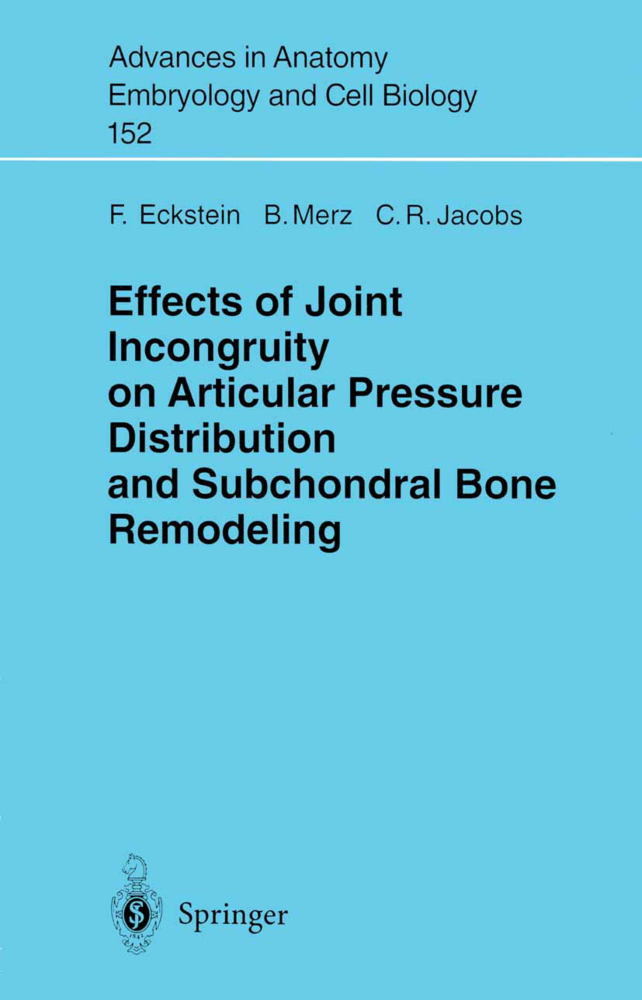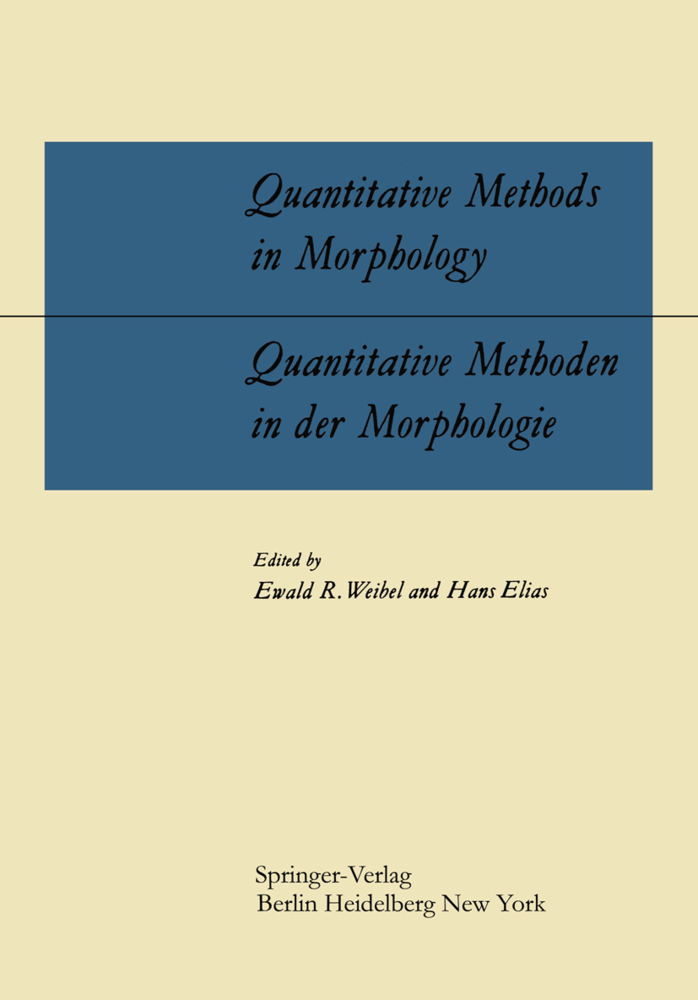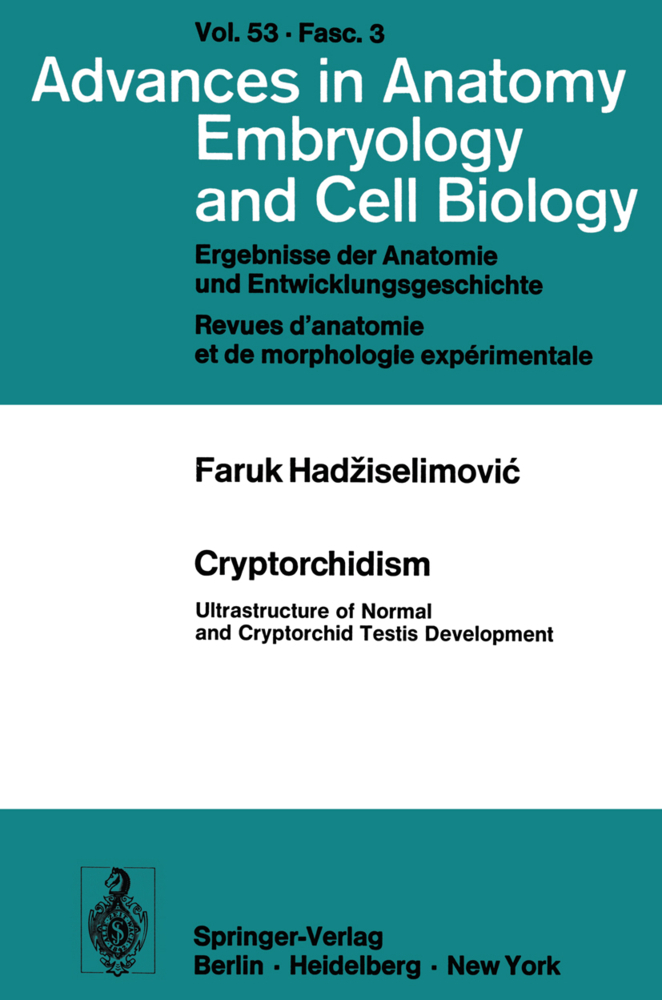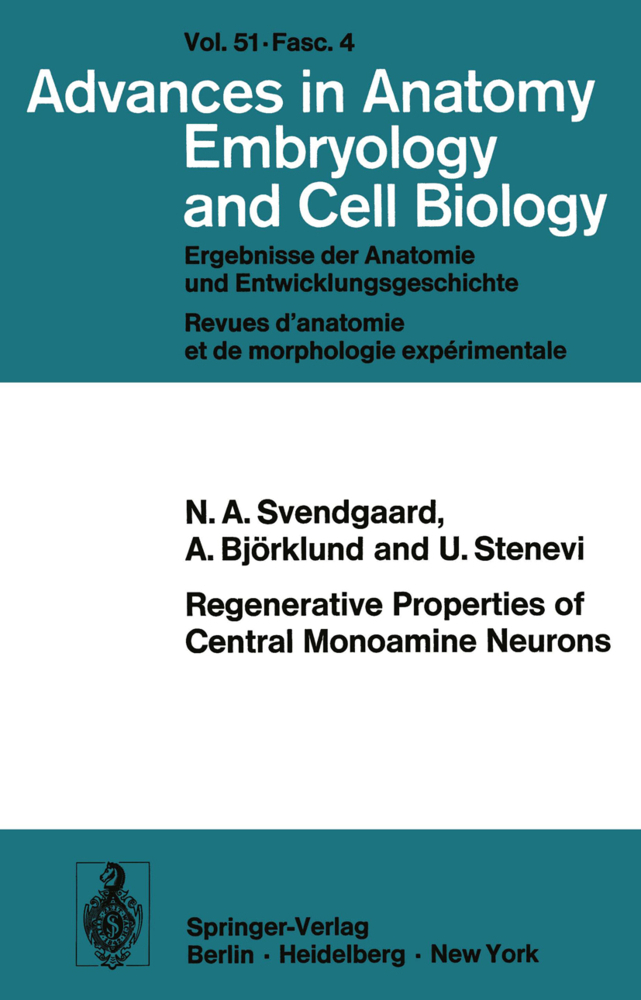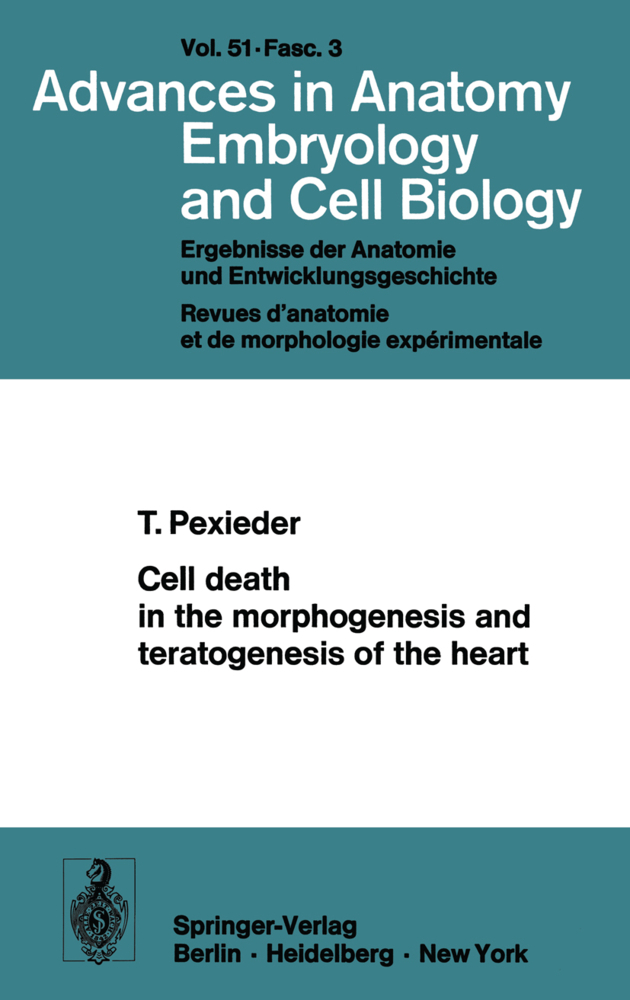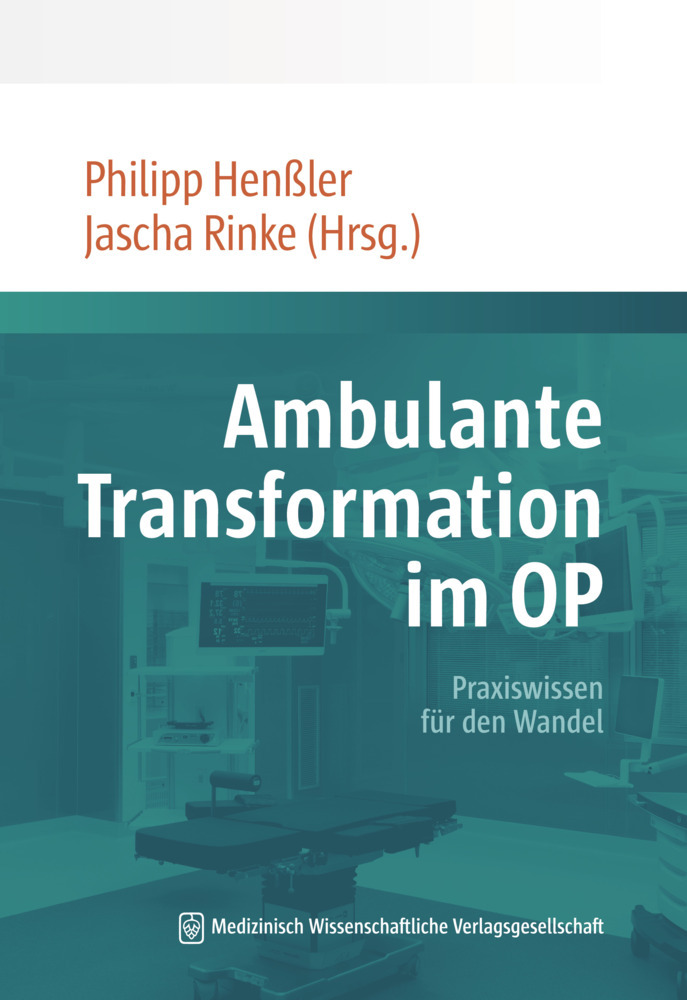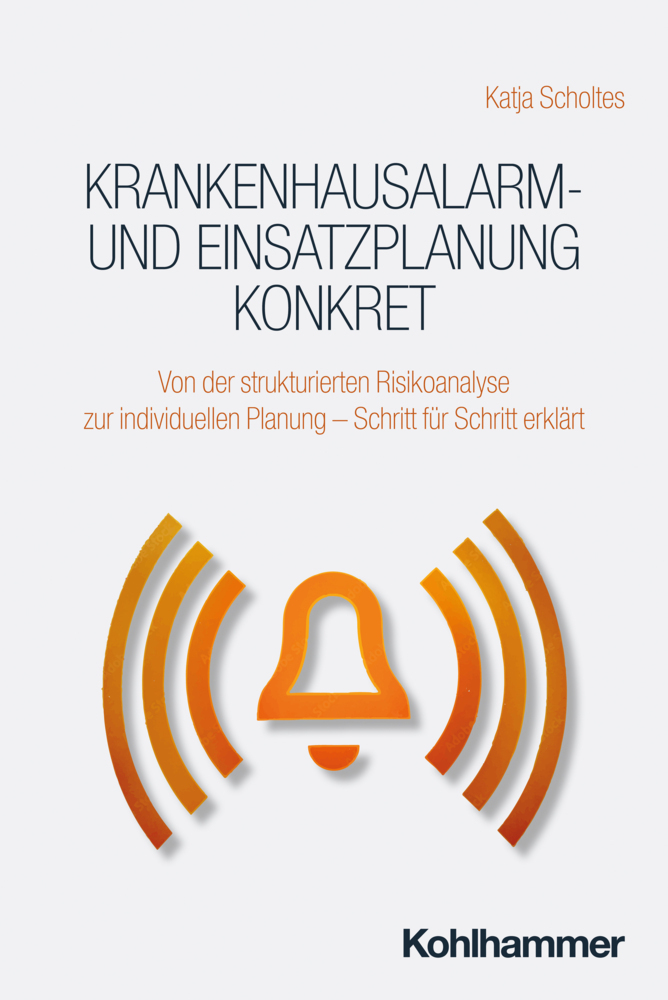Effects of Joint Incongruity on Articular Pressure Distribution and Subchondral Bone Remodeling
Effects of Joint Incongruity on Articular Pressure Distribution and Subchondral Bone Remodeling
The objective of the present work is to review the existing literature on joint incongruity, cellular mechano-transduction, and computer simulations of mechano-adaptive bone remodelling, and to quantitatively assess the effect of incongruity on load transmission and subchondral mineralisation. Idealised computer models of incongruous joints and a specific anatomically based model of the humero-ulnar joint articulation were analysed with the finite element method, and the results directly compared with experimental and morphological data.
2.1 Qualitative and Quantitative Description of Joint Incongruity
2.2 Finite Element Method
2.3 Theory of Mechanoadaptive Bone Remodeling
3 Materials and Methods
3.1 Idealized Model of Concave Joint Incongruity
3.2 Idealized Comparative Geometric Models
3.3 Anatomically Based Model of the Humeroulnar Joint
3.4 Experimental Validation
3.5 Morphological Investigations on the Elbow Joint
4 Results
4.1 Idealized Model of Concave Joint Incongruity
4.2 Idealized Comparative Geometric Models
4.3 Anatomically Based Model of the Humeroulnar Joint
4.4 Experimental Validation
4.5 Morphological Findings at the Elbow Joint
5 Discussion
5.1 Methodological Discussion
5.2 Effect of the Incongruity on the Pressure in the Joint
5.3 The Relationship Between Joint Incongruity, Mechanoadaptive Bone Remodeling and the Morphology of the Subchondral Bone
5.4 Phylogenetic and Ontogenetic Origin of Joint Incongruity
5.5 Perspectives and Further Investigations
6 Conclusions
References
Achnowledgements.
1 Introduction and Questions
2 Basis for the Design of the Computer Models2.1 Qualitative and Quantitative Description of Joint Incongruity
2.2 Finite Element Method
2.3 Theory of Mechanoadaptive Bone Remodeling
3 Materials and Methods
3.1 Idealized Model of Concave Joint Incongruity
3.2 Idealized Comparative Geometric Models
3.3 Anatomically Based Model of the Humeroulnar Joint
3.4 Experimental Validation
3.5 Morphological Investigations on the Elbow Joint
4 Results
4.1 Idealized Model of Concave Joint Incongruity
4.2 Idealized Comparative Geometric Models
4.3 Anatomically Based Model of the Humeroulnar Joint
4.4 Experimental Validation
4.5 Morphological Findings at the Elbow Joint
5 Discussion
5.1 Methodological Discussion
5.2 Effect of the Incongruity on the Pressure in the Joint
5.3 The Relationship Between Joint Incongruity, Mechanoadaptive Bone Remodeling and the Morphology of the Subchondral Bone
5.4 Phylogenetic and Ontogenetic Origin of Joint Incongruity
5.5 Perspectives and Further Investigations
6 Conclusions
References
Achnowledgements.
Eckstein, F.
Merz, B.
Jacobs, C. R.
| ISBN | 978-3-540-66212-9 |
|---|---|
| Artikelnummer | 9783540662129 |
| Medientyp | Buch |
| Auflage | Softcover reprint of the original 1st ed. 2000 |
| Copyrightjahr | 2000 |
| Verlag | Springer, Berlin |
| Umfang | X, 130 Seiten |
| Abbildungen | X, 130 p. 25 illus. |
| Sprache | Englisch |

